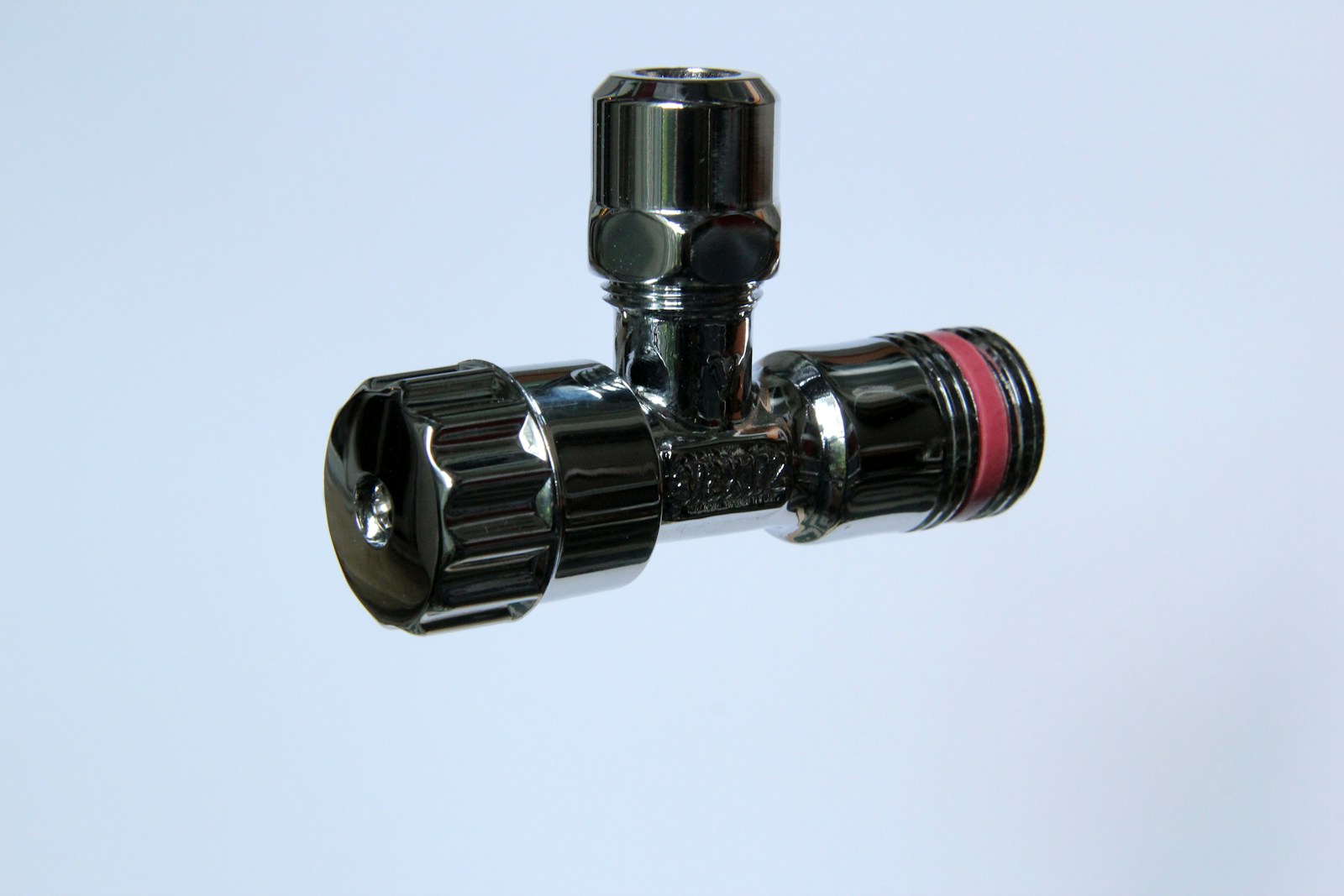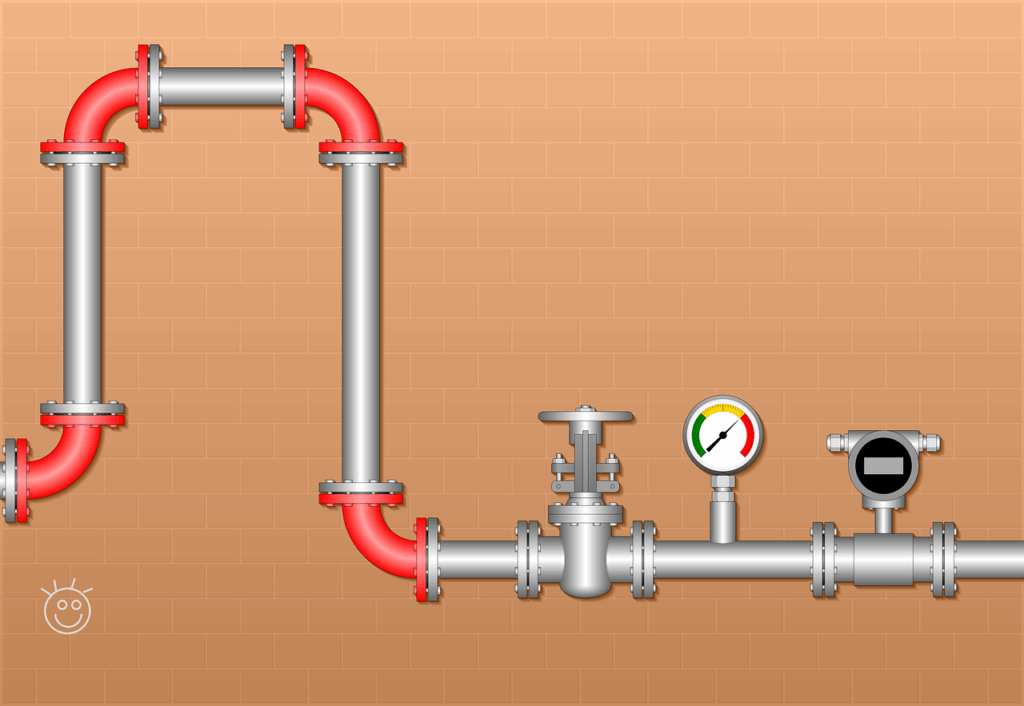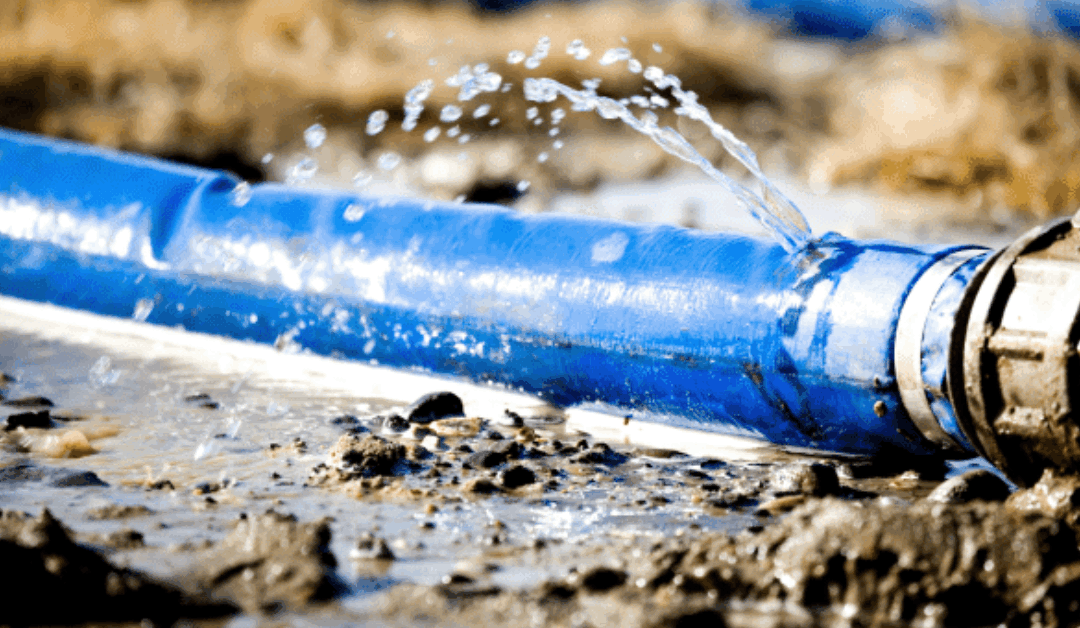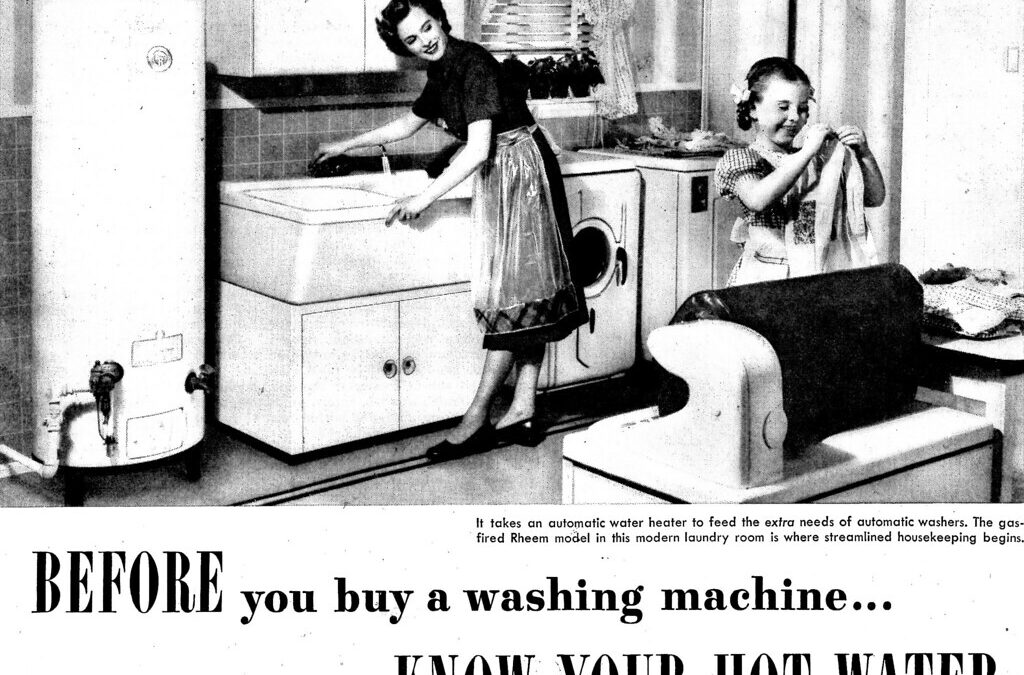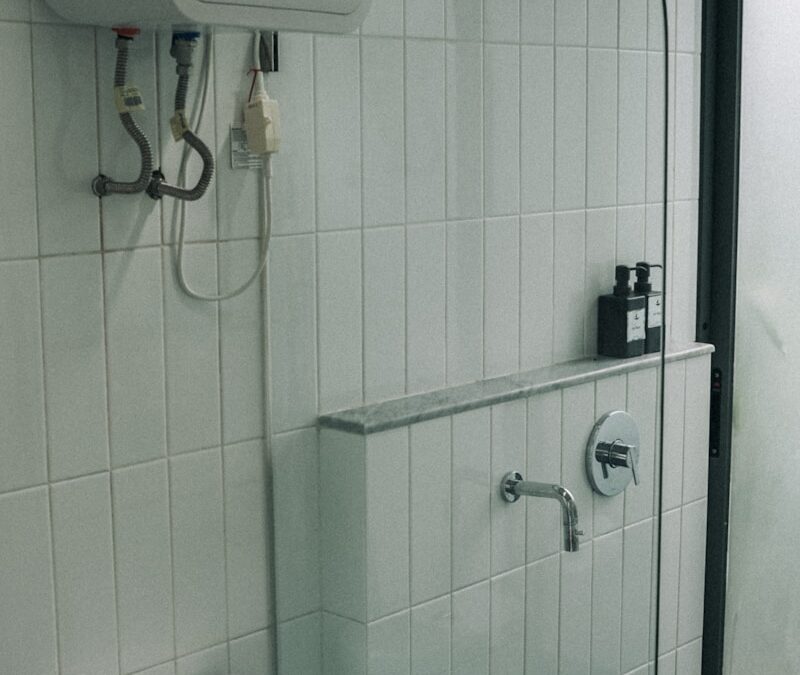Water contamination poses a serious threat to public health, yet many property owners remain unaware of one crucial component protecting their potable water supply: the backflow valve. This essential backflow prevention device serves as a barrier between your clean drinking water and potentially hazardous contaminants that could enter your plumbing system through reverse flow conditions.
Understanding how backflow valves work and why they’re required can help you protect your family’s health while ensuring compliance with local water authority regulations. From residential homes to commercial buildings, these devices play a vital role in maintaining the integrity of our potable water systems.
This comprehensive guide will explore everything you need to know about backflow valves, from their basic operation to installation requirements and maintenance schedules. Whether you’re a homeowner dealing with irrigation systems or a business owner with fire sprinklers, understanding backflow prevention is essential for protecting your water supply.
Schedule Service Online
Get a free estimate so you know what you're signing up for
"*" indicates required fields
For Emergency Services Call: 410-255-9300
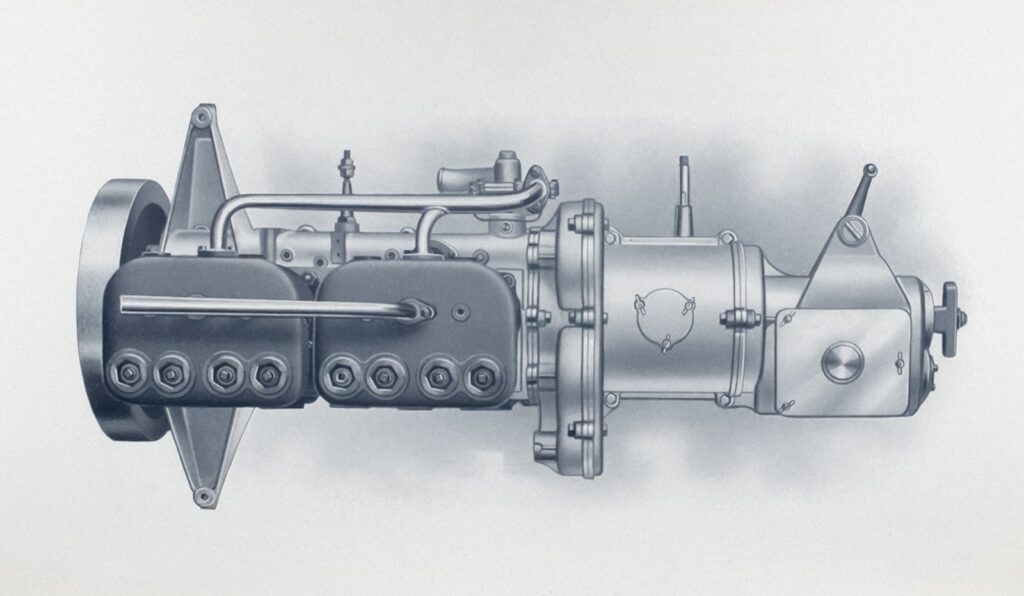
Photo by The New York Public Library on Unsplash
Understanding Backflow and Why Prevention Matters
Backflow occurs when water flows in the opposite direction from its intended path within a plumbing system. This reversal can happen due to two primary conditions: back pressure and back siphonage.
Back pressure develops when downstream pressure exceeds the supply pressure from the water main. This situation commonly occurs with boiler systems, elevated storage tanks, or high-pressure equipment that creates significant pressure within the system.
Back siphonage happens when negative pressure or vacuum conditions develop in the supply line. Water main breaks, firefighting activities, or high-demand situations can create suction that draws contaminated water back into the potable water system.
The consequences of backflow extend far beyond inconvenience. Contaminated water can carry sewage, chemicals, debris, or other hazardous materials directly into your drinking water supply. In most cases, this contamination occurs without any visible signs, making backflow prevention devices essential for protecting public health.
Water authorities recognize these risks and typically require backflow prevention devices in situations where cross-connections exist between potable water systems and potential sources of contamination. These requirements help ensure that clean water remains uncontaminated throughout the distribution network.
Types of Backflow Prevention Devices
Several types of backflow prevention devices are available, each designed for specific applications and levels of protection. Understanding these options helps property owners select the appropriate device for their needs.
Check Valves
Check valves represent the simplest form of backflow prevention. These devices allow water flow in one direction while preventing reverse flow through spring-loaded or gravity-operated mechanisms. Single check valves provide basic protection, while double check valve assemblies offer enhanced security with two check valves in series.
Check valves work well for low-hazard applications where minimal contamination risk exists. However, they lack the advanced protection features found in more sophisticated assemblies.
Reduced Pressure Zone (RPZ) Assemblies
Reduced pressure zone assemblies provide the highest level of backflow protection available. These devices feature two independently acting check valves separated by a reduced pressure zone chamber. A relief valve monitors the pressure differential between the chamber and the inlet pressure.
When functioning properly, RPZ assemblies maintain a pressure differential that prevents backflow even under the most challenging conditions. The relief valve opens to discharge water if the pressure differential falls below acceptable levels, providing a fail-safe mechanism that protects the potable water supply.
RPZ assemblies require installation above ground with adequate drainage for the relief valve discharge. Regular maintenance and annual testing by certified professionals ensure these devices continue operating effectively.
Pressure Vacuum Breaker (PVB) Assemblies
Pressure vacuum breaker assemblies protect against back siphonage conditions by introducing air into the system when negative pressure develops. These devices include a check valve and an air inlet valve that opens automatically during vacuum conditions.
PVB assemblies must be installed at least 12 inches above the highest downstream outlet and cannot be subjected to back pressure. They work well for irrigation systems and other applications where back siphonage represents the primary concern.
Double Check Valve Assemblies
Double check valve assemblies provide moderate protection through two independently operating check valves. These devices include shutoff valves and test ports that enable periodic testing and maintenance.
While less protective than RPZ assemblies, double check valve assemblies offer a cost-effective solution for applications with lower contamination risks. They can be installed below ground in vault installations, making them suitable for various applications.
Common Applications for Backflow Valves
Backflow prevention devices protect potable water systems in numerous applications where cross-connections pose contamination risks. Understanding these applications helps property owners identify where protection is needed.
Irrigation Systems
Irrigation systems create direct connections between potable water supplies and soil, fertilizers, pesticides, and other contaminants. Underground sprinkler systems pose particular risks since they operate under pressure and may draw contaminated groundwater back into the supply lines.
Most water authorities require backflow prevention devices for all irrigation systems connected to potable water supplies. PVB assemblies work well for residential sprinkler systems, while commercial installations may require RPZ assemblies depending on the contamination risk level.
Fire Sprinkler Systems
Fire sprinkler systems present unique backflow risks due to their connection to potable water supplies and potential for stagnant water conditions. These systems may contain antifreeze solutions, corrosion inhibitors, or other chemicals that could contaminate drinking water if backflow occurs.
Building codes typically require backflow prevention devices for fire sprinkler systems, with the specific type depending on system design and chemical additives. Dry pipe systems generally require less protection than wet systems containing antifreeze or other additives.
Commercial and Industrial Applications
Commercial kitchens, laboratories, manufacturing facilities, and other industrial applications often require backflow prevention due to their potential for cross-connections with contaminated water sources. These facilities may use chemicals, handle waste materials, or operate equipment that creates backflow risks.
The type of backflow prevention device required depends on the specific hazard level. High-hazard facilities typically need RPZ assemblies, while lower-risk applications may use double check valve assemblies.
Residential Applications
Residential properties may require backflow prevention for various applications beyond irrigation systems. Hot tubs, swimming pools, boiler systems, and certain types of water treatment equipment can create cross-connection risks that necessitate protection.
Backwater Valve
Backwater valves represent another form of backflow prevention specifically designed for sewer and drain connections. These devices prevent sewage from backing up into homes during flooding or sewer system overflows.
Installation Requirements and Best Practices
Proper installation ensures backflow prevention devices function effectively and comply with local regulations. Installation requirements vary by device type and application, but several general principles apply to all installations.
Professional Installation
Most jurisdictions require licensed plumbers to install backflow prevention devices. These professionals understand local codes, proper installation techniques, and testing procedures necessary for compliance and effective operation.
Professional installation also ensures proper device selection for specific applications. Plumbers can evaluate system requirements, contamination risks, and local regulations to recommend appropriate backflow prevention solutions.

MD Sewer and Plumbing – Your Go-To for Plumbing and Backflow Valve Solutions
MD Sewer and Plumbing is your trusted partner for all plumbing and backflow valve needs. With years of experience and a commitment to excellence, our team provides reliable installation, maintenance, and repair services tailored to your requirements.
We understand the importance of safety and compliance when it comes to backflow prevention, and we only use certified, high-quality devices to protect your water supply. Whether you’re a homeowner or a business owner, you can count on MD Sewer and Plumbing for expert guidance, competitive pricing, and unmatched customer service. When it comes to plumbing and backflow solutions, we’re always here to help.
Location and Accessibility
Backflow prevention devices must be installed in accessible locations that enable regular inspection, testing, and maintenance. RPZ assemblies require above-ground installation with adequate drainage, while other devices may be installed in underground vaults.
Proper clearances around devices facilitate access for testing equipment and maintenance activities. Installation locations should also protect devices from freezing, vandalism, and physical damage while remaining easily accessible for service.
System Integration
Backflow prevention devices must integrate properly with existing plumbing systems to ensure adequate water pressure and flow rates. Improper sizing can result in pressure losses that affect system performance or create conditions that interfere with device operation.
Shutoff valves upstream and downstream of backflow prevention devices enable isolation for testing and maintenance. These valves should be clearly marked and accessible to facilitate routine service activities.
Testing and Maintenance Requirements
Backflow prevention devices require regular testing and maintenance to ensure continued effectiveness. Most water authorities mandate annual testing by certified professionals, with specific requirements varying by device type and local regulations.
Annual Testing Requirements
Certified backflow prevention device testers must perform annual tests to verify proper operation. These tests check valve sealing, pressure differentials, and relief valve operation using specialized testing equipment.
Testing procedures follow established protocols that evaluate each component’s performance under controlled conditions. Test results must be reported to the water authority to maintain compliance with local regulations.
Routine Maintenance Activities
Regular maintenance extends device life and ensures reliable operation between annual tests. Property owners should inspect devices periodically for signs of damage, leakage, or debris accumulation that could affect performance.
Relief valve discharge from RPZ assemblies indicates normal operation during certain conditions but may also signal problems requiring professional attention. Understanding when discharge is normal versus problematic helps property owners identify maintenance needs.
Moving Parts and Component Replacement
Backflow prevention devices contain moving parts that experience wear over time. Check valves, relief valves, and springs may require replacement to maintain proper operation and prevent contamination risks.
Professional service providers can evaluate component condition during annual testing and recommend necessary repairs or replacements. Timely maintenance prevents device failure and ensures continued protection of the potable water supply.
Troubleshooting Common Issues
Several common issues can affect backflow prevention device performance. Understanding these problems helps property owners identify when professional service is needed and prevents potential water contamination.
Pressure Loss Problems
Excessive pressure loss across backflow prevention devices can affect downstream equipment performance and indicate device problems. Clogged strainers, damaged check valves, or improperly sized devices commonly cause pressure issues.
A professional evaluation can determine the cause of pressure problems and recommend appropriate solutions. In some cases, device replacement with properly sized equipment resolves pressure issues while maintaining adequate protection.
Continuous Relief Valve Discharge
RPZ assemblies discharge water through relief valves under certain conditions, but continuous discharge often indicates problems requiring attention. Damaged check valves, debris in the reduced pressure zone, or incorrect pressure settings can cause persistent discharge.
Professional service providers can diagnose discharge problems and perform necessary repairs to restore proper operation. Ignoring continuous discharge can result in device failure and loss of backflow protection.
Frozen or Damaged Devices
Freezing temperatures can damage backflow prevention devices, particularly those with external relief valves or test ports. Proper installation includes freeze protection measures, but extreme conditions may still cause damage.
Professional inspection after potential freeze events helps identify damage before it affects device performance. Prompt repairs prevent contamination risks and ensure continued regulatory compliance.
Regulatory Compliance and Water Authority Requirements
Water authorities establish backflow prevention requirements to protect public health and maintain potable water system integrity. These requirements typically specify when devices are needed, acceptable device types, and testing procedures.
Local Code Requirements
Building codes and water authority regulations determine specific backflow prevention requirements for different applications. These requirements consider contamination risk levels, system characteristics, and local conditions that may affect water quality.
Property owners should consult with licensed plumbers and local authorities to determine specific requirements for their installations. Compliance ensures protection and avoids potential penalties or service disconnection.
Permitting and Approval Processes
Many jurisdictions require permits for backflow prevention device installation and may mandate approval of specific devices or installation plans. These processes ensure installations meet local standards and provide adequate protection.
Working with licensed professionals familiar with local requirements streamlines the permitting process and ensures compliant installations that protect water quality and meet regulatory standards.
Helpful Resources on Backflow Valves and Backflow Prevention
Here is a list of useful resources to help you learn more about backflow valves and backflow prevention:
EPA Backflow Prevention Guide
Visit the Environmental Protection Agency’s (EPA) official website for detailed guidance on backflow prevention and drinking water safety.
EPA Backflow Prevention Guide
American Water Works Association (AWWA)
The AWWA provides comprehensive resources and publications on water system protection and backflow prevention standards.
American Water Works Association
Backflow Prevention Manufacturer’s Association (BPMA)
Explore resources offered by BPMA, including information on backflow devices, testing, and certification processes.
BPMA Official Website
US Plumbing Code on Backflow Prevention
Review specific plumbing code regulations regarding backflow prevention applicable in the US.
International Plumbing Code
Plumbing Manufacturers International (PMI)
Learn more about backflow prevention products and relevant industry standards from PMI.
PMI Website
National Sanitation Foundation (NSF) – Backflow Prevention Devices
NSF provides certifications and specifications on approved backflow prevention devices for safe use.
NSF Official Site
Occupational Safety and Health Administration (OSHA)
Gain insights into workplace safety measures and compliance guidelines involving water systems and backflow prevention.
OSHA Website
The Critical Role of A Backflow Preventer In Water Safety
Backflow valves represent an essential component of modern plumbing systems, providing crucial protection against water contamination that could pose serious health risks. From simple check valves to sophisticated reduced pressure zone assemblies, these devices serve as the first line of defense in maintaining potable water quality.
Property owners who understand backflow prevention requirements and invest in proper installation, testing, and maintenance protect both their families and their communities. Working with licensed plumbers and certified testing professionals ensures these critical systems function effectively and comply with local regulations.
The relatively small investment in backflow prevention devices and their maintenance pays significant dividends in health protection and regulatory compliance. As water quality concerns continue growing, these devices will play an increasingly important role in safeguarding our most precious resource.
Don’t wait until contamination occurs—contact a licensed plumbing professional today to evaluate your backflow prevention needs and ensure your water supply remains safe and clean.

